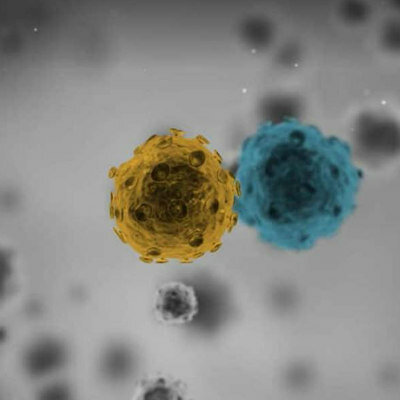Stimulating Brain Cells Using Optogenetics Stops Binge Drinking
By LabMedica International staff writers
Posted on 20 Jan 2014
Researchers are using a new strategy to change alcohol-drinking behavior in lab rats, using new optogenetic technology that uses light to stimulate neurons.Posted on 20 Jan 2014
These findings could lead to effective new ways to treat alcoholism, and neurologic and mental disorders and other addictions; it also helps clarify the underlying neurochemical basis of drug addiction.
The investigators, from the University at Buffalo (NY, USA), published their findings November 2013 in the journal Frontiers in Neuroscience, are the first to show a causal relationship between the release of dopamine in the brain and drinking behaviors of animals. This type of technology, which makes it possible to map the neuronal circuits responsible for specific behaviors, is a key focus of US President Obama’s Brain Research for Advancing Innovative Neurotechnologies (BRAIN) initiative.
In the research, lab rats were trained to drink alcohol in a way that mimics human binge-drinking behavior. First author Caroline E. Bass, PhD, assistant professor of pharmacology and toxicology in the UB School of Medicine and Biomedical Sciences clarified, “By stimulating certain dopamine neurons in a precise pattern, resulting in low but prolonged levels of dopamine release, we could prevent the rats from binging. The rats just flat out stopped drinking.”
Dr. Bass’s coauthors were from Wake Forest University (Winston-Salem, NC, USA), where she worked previously. Remarkably, the rodents continued to avoid alcohol even after the stimulation of neurons ended, she noted. “For decades, we have observed that particular brain regions light up or become more active in an alcoholic when he or she drinks or looks at pictures of people drinking, for example, but we didn’t know if those changes in brain activity actually governed the alcoholic’s behavior,” said Dr. Bass.
The researchers activated the dopamine neurons through a type of deep brain stimulation, but unlike techniques now used to treat certain neurologic disorders, such as severe tremors in Parkinson’s disease patients, this new technique, called optogenetics, uses light instead of electricity to stimulate neurons. “Electrical stimulation doesn’t discriminate,” Dr. Bass explained. “It hits all the neurons, but the brain has many different kinds of neurons, with different neurotransmitters and different functions. Optogenetics allows you to stimulate only one type of neuron at a time.”
Dr. Bass’ research is focused on using viral vectors to examine the brain in substance abuse. In this study, she used a virus to introduce a gene encoding a light-responsive protein into the rats’ brains. That protein then triggered a specific subpopulation of dopamine neurons in the brain’s reward system. “I created a virus that will make this protein only in dopaminergic neurons,” Dr. Bass stated.
The neuronal pathways affected in this study are involved in many neurologic disorders, she says. For that reason, the findings have relevance not only in better determining and treating alcohol-drinking behaviors in humans, but also in many debilitating mental disorders and neurologic diseases that have a dopamine component.
Dr. Bass noted that this ability to target genes to dopamine neurons could potentially lead to the use of gene therapy in the brain to diminish many of these disorders. “We can target dopamine neurons in a part of the brain called the nigrostriatal pathway, which is what degenerates in Parkinson’s disease,” she said. “If we could infuse a viral vector into that part of the brain, we could target potentially therapeutic genes to the dopamine neurons involved in Parkinson’s. And by infusing the virus into other areas of the brain, we could potentially deliver therapeutic genes to treat other neurological diseases and mental illnesses, including schizophrenia and depression.”
Related Links:
University at Buffalo
Wake Forest University














